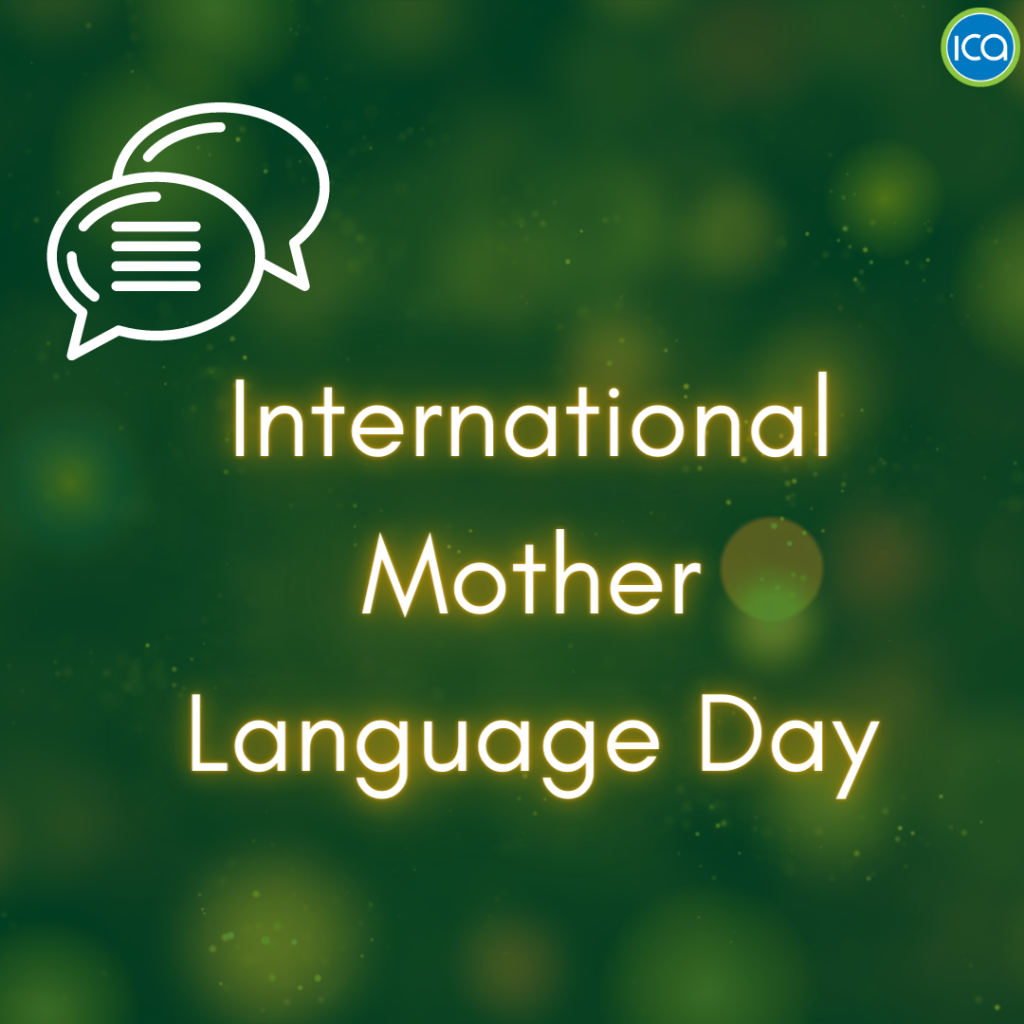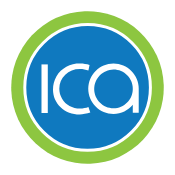International Mother Language Day

Today marks the International Mother Language Day which was proclaimed by the General Conference of the United Nations Educational, Scientific and Cultural Organization (UNESCO) in November 1999, it being proposed by Bangladesh.
As the Irish Countrywomen’s, Association we are proud to celebrate this day and share a bit history of the Irish language – Gaeilge!
Irish Language
Irish is one of the oldest written and historical languages in the world.
It is very likely that the first speakers of Irish arrived in Ireland from mainland Europe over 2,500 years ago.
In Ireland, before Irish language, there were not any other languages and by the start of the Christian Era, Irish was spoken all over the Island and spread through Scotland, the west coast of Britain and the Isle of Mann.
During the Middle Irish period (900-1200 AD) some loanwords came from the Scandinavian language, even if Scandinavian had little impact on the syntax of the Irish language.
The Anglo Norman, who arrived in Ireland at the end of XI century, started a period of multilingualism in Ireland, but Irish remained in the ascendancy and, gradually, the Normans began to speak Irish. By the start of the XVI century most of the people of Ireland were Irish speakers again.
1200-1600 are the dates of Classical Modern Irish. During this period a cultivated standardised language developed in schools for scholars and poets throughout Ireland and Scotland.
Although most of the people had Irish, English, however, was necessary for administrative and legal affairs. The status of Irish as a major language was lost. However, Irish continued as the language of the greater part of the rural population and, for a time, of the working classes in towns.
In 1876, the Society for the Preservation of the Irish Language managed to gain recognition for Irish at every level of the education system from primary school level to university. In the year 1893 a mass movement of support for the Irish language was formed by Dubhghlas de hÍde, Eoin Mac Néill, Father Eoghan Ó Gramhnaigh and others. A result of these efforts was the Official Standard which the Government of Ireland published in 1958.
Irish language and culture
An example of Irish language and culture is AMHRÁN DÓCHAIS (song of hope) a poem written by Osborn Bergin in 1913. It is used as a salute, played by army bands on the arrival of the Taoiseach at state ceremonies.
IRS Version
Slán go deo le brón is buairt,
Slán gan mhoill dár gcaoineadh dhuairc.
Canaim amhrán dóchais i dteanga bhinn na Fódhla,
’Gus seasaimis go beomhar os comhair an tsaoil.
Bye forever, sadness, sighs
EN Version:
Bye right now to gloomy cries
A song of hope I sing you
In Irish sweet and true
And let’s stand and sing it proudly
for all the world
ICA and the Irish Language
Sé ceann de na haidhmeanna Bantracht na Tuath ná tacaíocht agus cur chun tosaigh an teanga gaeilge agus an cultúr.
One of the main objects of the Irish Countrywomen’s Association is supporting and promoting Irish Language and culture.
Ingach cuallacht agus i nach cónascadh cuireann an timire an gaeilge chun tosaigh. Bíonn Oíche Gaelach ag na cuallachtaí agus na cónascaithe, le meascán rudaí , céilí, amhráin, ceol, comórtaisí agus b’fhéidir caifé gaelach.
Each guild and federation have an Irish night with a variety of things, perhaps a céilí, songs, music, competitions and maybe an Irish coffee.
According to the Census of 2016, 1.77 million people in the Republic of Ireland can speak Irish, this denotes how the image of the Irish language has changed in recent years.
As already mentioned, ICA is built on 110 years of nurturing the Irish Language and culture and it ensures the preservation of traditions and heritage through teaching and practicing.
This important work is supported by the national committee Coiste na Gaeilge , which has the aim of nurturing Irish culture and encouraging the use of the Irish language in the affairs of Bantracht na Tuaithe.
To engage and support the work of the committee, please office@ica.ie or at 01 668 0002.

